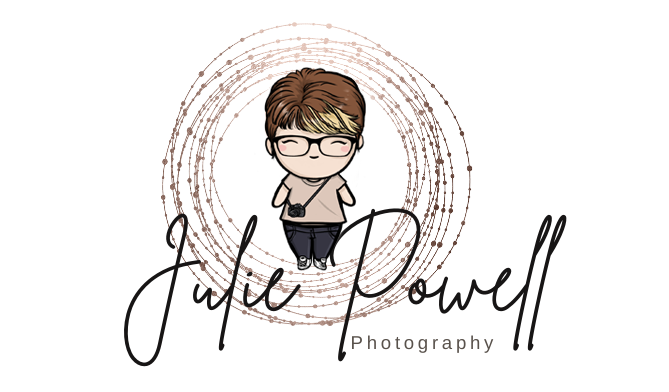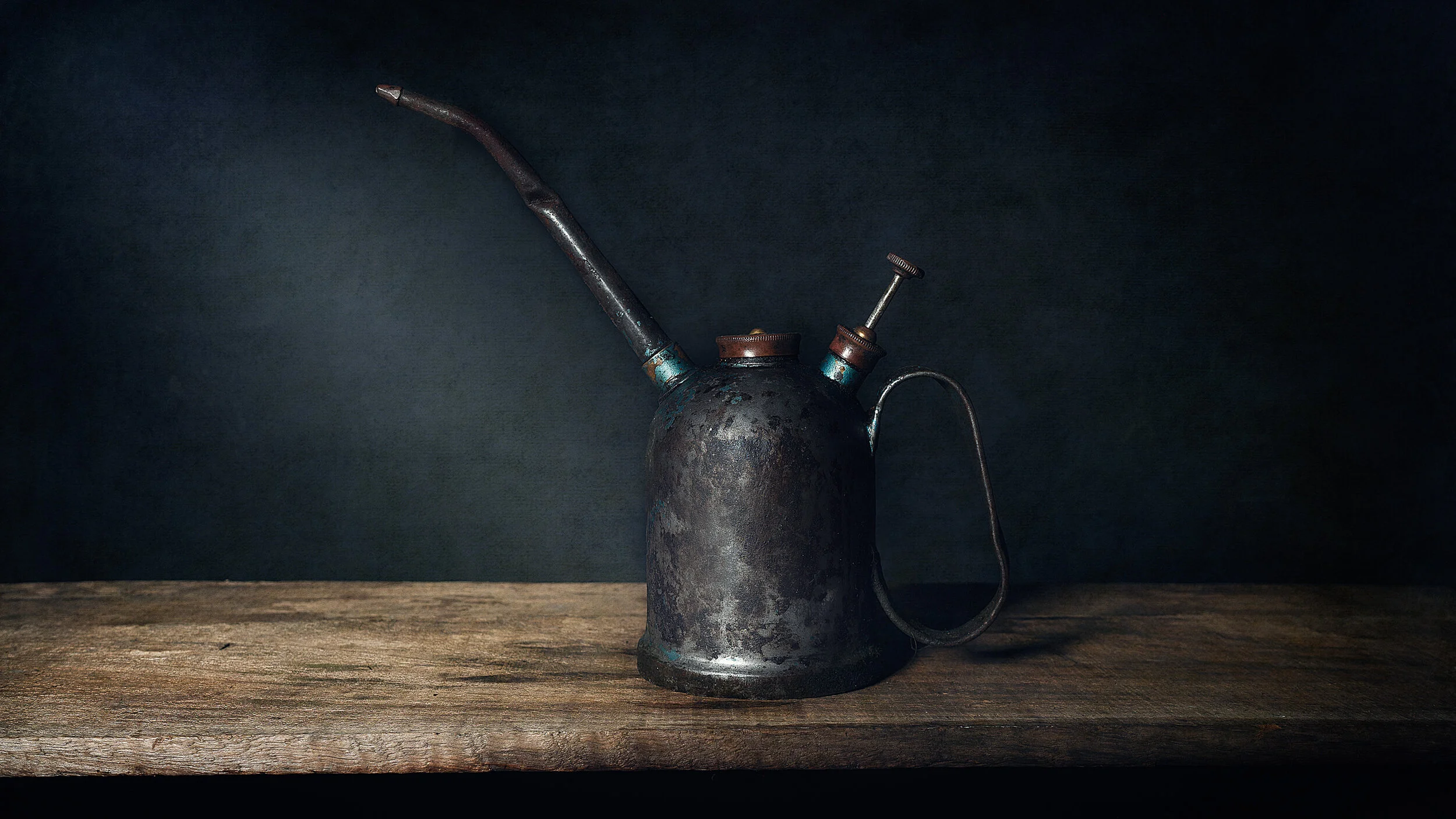What is considered still life?
Most people believe that still life is just flowers and kitchen stuff, but it’s much more than that. It’s true that I photograph a lot of flowers and I have a real penchant for vintage kitchenware, but that is not all there is to still life.
Look for the masculine
I teach a LOT of still life classes, and true we often work with flowers and kitchenware, but I adore it when men come to the class and want to work with more masculine items. Working with masculine props can be very enjoyable too. With a collection of gauges and industrial fittings, not very old, but interesting to photograph, one can obtain quite a juxtaposition with industrial elements and flowers.
One gentleman who attended a class proceeded to go home and look through his shed. He made the most amazing still life with old oil cans, woodworking and welding tools. I opened his eyes to the world of still life — it’s a humbling, yet gratifying experience.
Look for the unusual
Looking for the more unusual items from everyday life that can make the most amazing still life photos. Old camera equipment, electric fans, old tools. Things that may have once been used in everyday life, but now are considered relics. Old tools from the back of the shed or even Granddad’s shed.
Have you ever spent an afternoon with a few bits of cutlery to see what you can create? Books, skeletons and bones, strange and exotic fruits. Old technology can be fun too. The list really is endless.
Look for the mundane
Still life general refers to a still photo of objects seen and used in everyday life. This possibly accounts for all the flowers and kitchenware — we see and use them every day.
Early still life painters used to capture beautiful paintings of breakfast scenes, or meal preparation scenes, as well as vase overfilled with exotic flowers. But they also looked for mundane everyday items as well. Tools, from spinning wheels to hay scythes. Nothing was out of reach.
Today it should be no different. I have taken beautiful images of an apple or tomato. Cutlery, eggs or even a wooden clothes peg can be made into something visually appealing. An old (unused) birds nest, discarded feathers, pine cones, seashells … need I go on?
Look for unique angles
Just because your object may be mundane, it does not mean your image needs to be. Simple, sure. Simple is good, but that does not make it mundane. Look at angles, lighting, styling, composition and color. These are what makes a still life appealing.
Tell a story
Often some of the best still life tells a story. It could be as simple “this is what I had for breakfast” or “these are the tools my grandfather built this house with.” They can be powerful and emotive and elevate a simple object into so much more.









